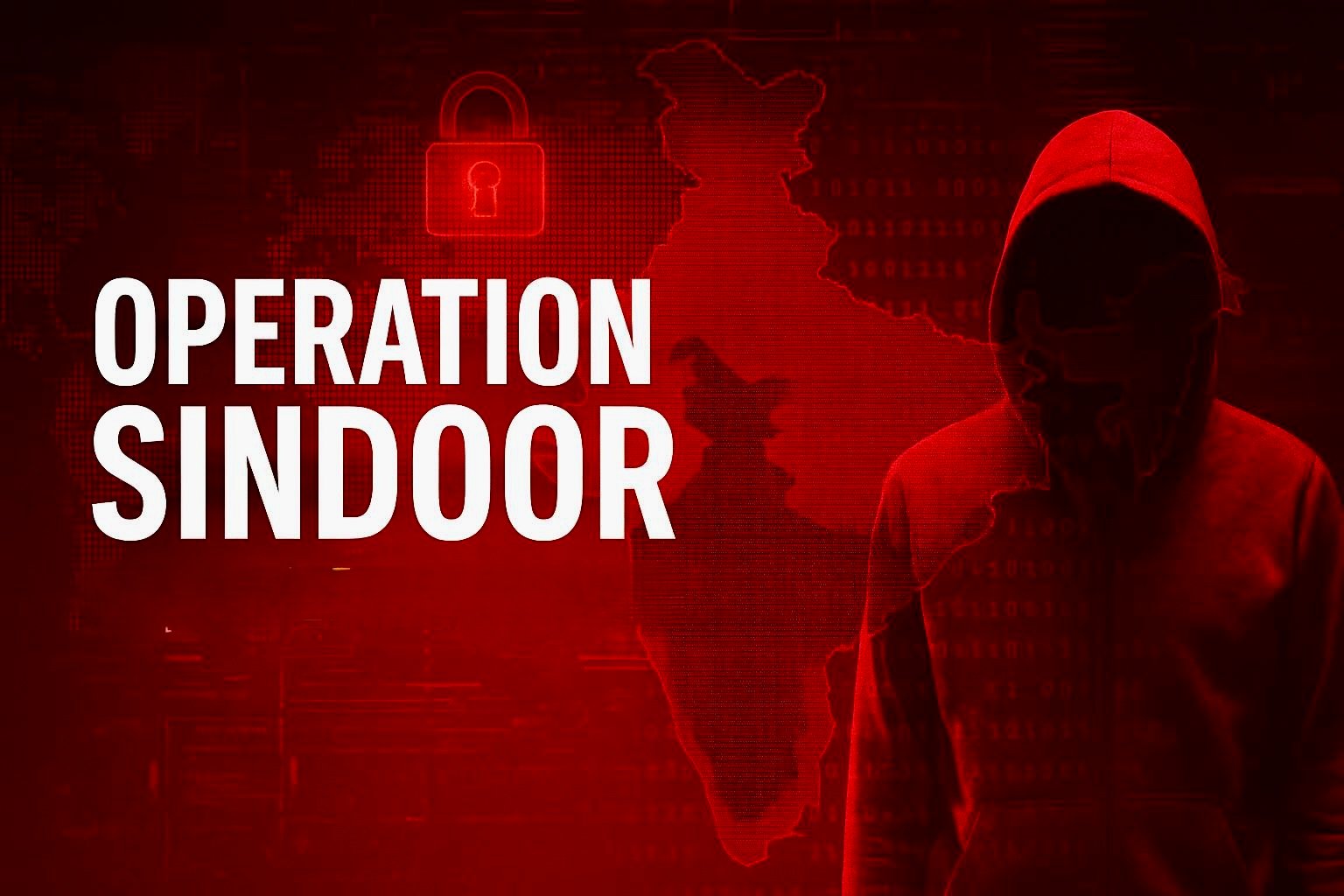During “Operation Sindoor,” India’s covert military response in May, the Ministry of Power and CERT-In (Computer Emergency Response Team – India) successfully thwarted nearly 200,000 cyberattacks aimed at the nation’s power infrastructure, Union Power Minister Manohar Lal Khattar announced. This marks the first official acknowledgement of the scale and intensity of digital threats against critical utilities during heightened India–Pakistan tensions.
FCRF x CERT-In Roll Out National Cyber Crisis Management Course to Prepare India’s Digital Defenders
Widespread Attempts Amid Cross-Border Military Tensions
The minister revealed that the surge in cyberattacks coincided with the military operation conducted in retaliation for the Pahalgam terror strike and involving drone and missile strikes across the border. The attacks occurred over an eight-to-ten-day window, targeting SCADA systems, substation controls, power dispatch mechanisms, and essential control systems. Despite the aggressive volume, Khattar emphasized that India’s cyber defences held strong: “All attempts were foiled, and there were no disruptions or loss of service”.
No attribution was made to specific state actors, but intelligence sources indicate a high probability of cross-border involvement. Officials noted that such cyber operations can originate globally but are often tied to geopolitical flashpoints.
Algoritha: The Most Trusted Name in BFSI Investigations and DFIR Services
India’s “Cyberfront” Strategy Gains Visibility
While Indian authorities have focused historically on conventional defence, this crisis highlighted how cyber threats have become central to national security. Khattar’s briefing stressed that critical infrastructure now relies on both physical and digital resilience.
The revelation aligns with reports of organized cyber retaliation from pro-India hacktivist groups such as Indian Cyber Force and Kerala Cyber Xtractors that conducted counterstrikes against Pakistani state and civilian cyber assets earlier this month. Analysts argue that these coordinated responses, paired with institutional vigilance, created a deterrent effect against foreign cyber adversaries.
About the Author – Anirudh Mittal is a B.Sc. LL.B. (Hons.) student at National Forensic Sciences University, Gandhinagar, with a keen interest in corporate law and tech-driven legal change.

